Please feel free to contact us if you are interested in our products or want to know more details or the latest price. We sincerely hope to cooperate with customers all over the world! Send your inquiry now!
Cooking oil processing machines which can process various oil seeds, including peanut, soybean, sunflower seed, palm, palm kernel, sesame, rapeseed, cotton seed, etc.,
flaxseed oil plant in nigeria
- Product Using: Producing Flaxseed Oil
- Type: Flaxseed Oil Plant
- Main Machinery: Flaxseed Oil Plant Machine
- Production Capacity: 1-500ton/day
- Voltage: 110V/220V
- Dimension(L*W*H): 460*150*260MM
- Weight: 1000kg
- Core Components: Motor
- Oil Name: vegetable Seeds Oil Press
- Application range: Competitive Mini Oil Press Machine
- Application: Sunflower
- Advantage: High Oil Yield
- Material: stainless steel
- Character: Screw Automatic Extrator
- Capacity: 2-3kg/h vegetable Seeds Oil Press
- Quality: China Profesional Oil Press Machine
- Press MOQ: 1 Set vegetable Seeds Oil Press
- After Warranty Service: Video technical support, Online support, Spare parts, Field maintenance and repair service
- Certification: ISO9001
- Project Location: nigeria
- What fatty acids are in flaxseed?
- Flaxseed typically yields 35¨C45% oil, containing 9¨C10% of saturated fatty acids (palmitic and stearic), about 20% monounsaturated fatty acids (mainly oleic acid), and more than 70% ¦Á-linolenic acid. Flaxseed contains a protein content ranging from 20 to 30%, while its dietary fiber content can reach as high as 28% .
- What is food-grade flaxseed oil?
- Food-grade flaxseed oil is cold-pressed, obtained without solvent extraction, in the absence of oxygen, and marketed as edible flaxseed oil. Fresh, refrigerated and unprocessed, linseed oil is used as a nutritional supplement and is a traditional European ethnic food, highly regarded for its nutty flavor.
- Is flaxseed a multipurpose plant?
- Eur J Med Res. 2023; 28: 240. Flaxseed (Linum usitatissimum L) is an ancient perennial plant species regarded as a multipurpose plant owing to its richness in omega-3 polyunsaturated fatty acids (PUFA) including ¦Á-linolenic acid (ALA).
- What are flaxseed oil effects?
- Other components to contribute to flaxseed oil effects such as antioxidant and anticancer effects asides from PUFAs include tocopherols, beta-carotene, phytosterols and polyphenols. A summary of flaxseed oil effects on the different ailments and the underlying action mechanism is presented in Fig. 5.
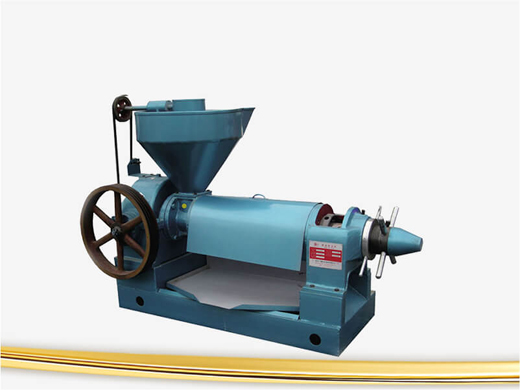
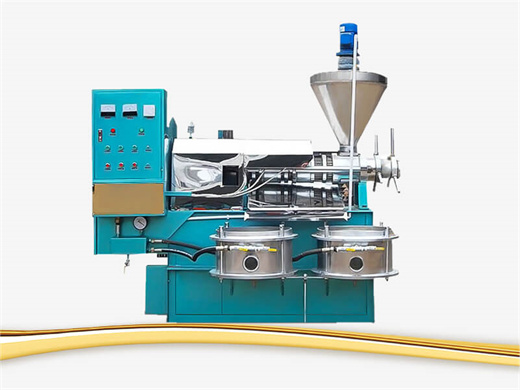

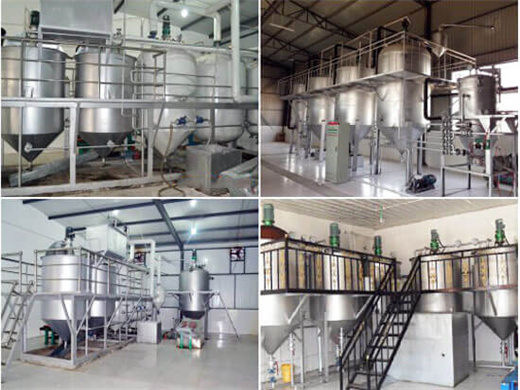
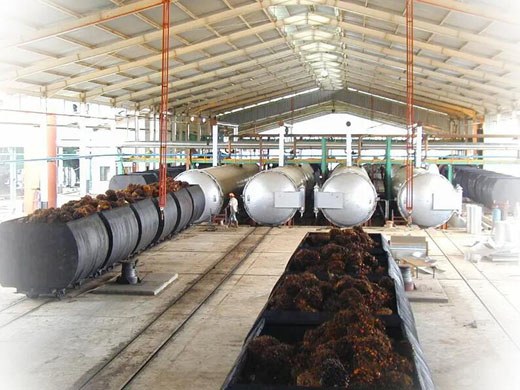
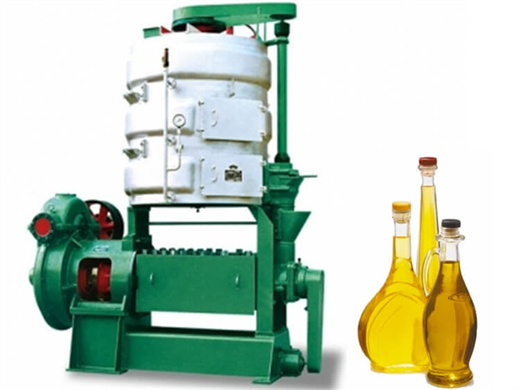
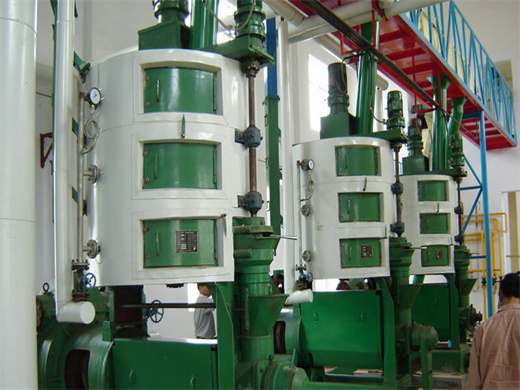
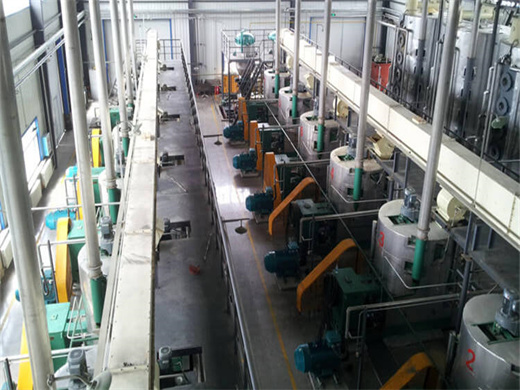
REQUEST A QUOTE
You Can Write Down Your Requirements! Submit your enquiry, we will reply your quote within 24 hours.